Ways to know you are a gringo:
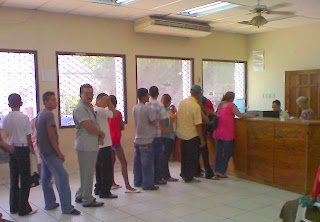 You try to carry a backpack into a store.
You try to carry a backpack into a store.You carry a water bottle.
You drink water for any reason when sweetened fruit juice or sugary soda is available.
You wear shorts (the exception being skin-tight micro short-shorts) or otherwise dress casually in town.
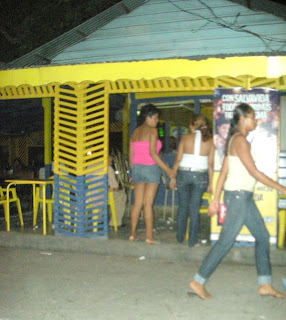 You − gasp! − don't dress up for Pizza Hut.
You − gasp! − don't dress up for Pizza Hut.You wear summer clothes when it’s 60-70°F (16-21°C) outside instead of wearing a ski jacket and knit cap.
You don't wear skin-tight polyester clothes.
You smile at people on the street or clerks in stores.
You don't mind using your cellphone minutes to call someone back.
You listen to your voice mail and return calls.
 You think that a bathroom will have toilet paper.
You think that a bathroom will have toilet paper.You abstain from any of the following: greasy snacks, sugary drinks, or − gasp! − any type of meat.
You don’t know what a baleada is.
You drink your coffee without sugar.
 You think that, cooked or uncooked, meat should be refrigerated.
You think that, cooked or uncooked, meat should be refrigerated.You ask directions from only one person.
You leave appliances plugged in when you aren't using them.
You’re in a rush or look for a schedule or − gasp! − expect that the presence of a schedule means that there is a schedule.
Inspired by Erin Taylor in Chile




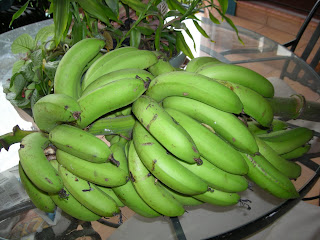
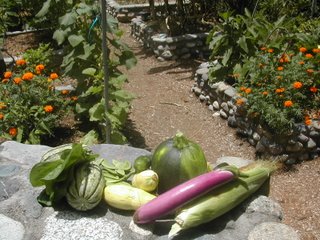

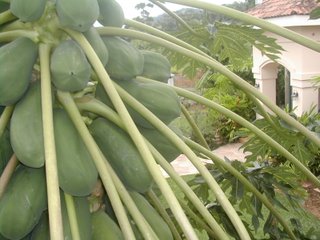



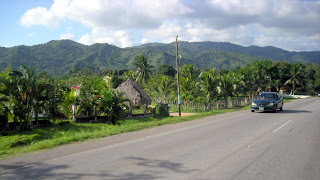






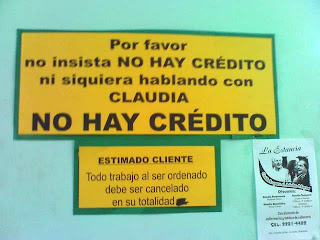














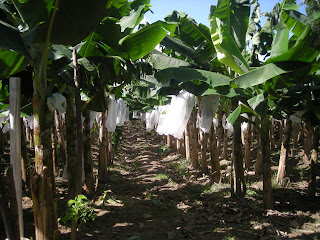



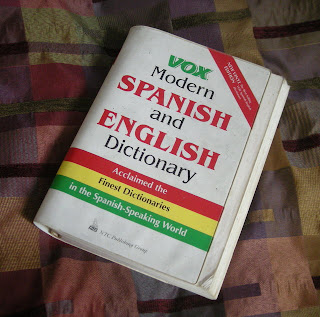

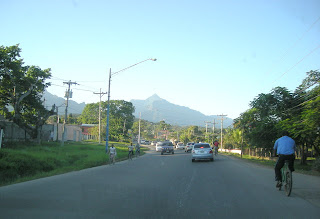








 Welcome to my Blogicito —
Welcome to my Blogicito — 








